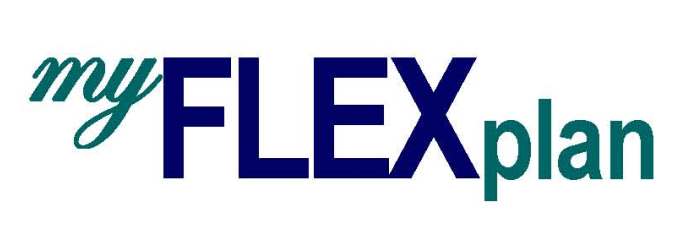An HSA is a Canada Revenue Agency approved method to provide medical, dental and vision benefits in a tax-efficient manner. It is made up of 2 parts:- A Private Health Service Plan (PHSP). This is the document which defines what benefits you will provide for your employees. Typically, this is simply 'any medical expense which qualifies as a medical expense under CRA rules'. In addition, thie plan design must have a 'risk' component. Part of the myFLEXplan service is to prepare this document for you.
- A Health and Welfare Trust (HWT). This is the document which defines who will adjudicate the claims and administer pay out the funds to the claimants. CRA requires the HWT to be administered by 3 independant trustees. This is the role of myFLEXplan.
|
| It is important to note that an HSA is NOT an insurance product in the same way as a traditional benefit plan. The company pays the amount of the approved claims plus an administration fee. The HSA is simply the administrative and compliance service that is required for the benefits to be paid as non-taxable benefit. |
There are some important things to consider when establishing your plan: |
- All employees of the same class must be entitled to the same benefits. An employee class must have a logical business reason, e.g. office staff and outside workers; executives and hourly employees; etc.
- You cannot provide benefits to a person based on their status as a shareholder. This would be considered a shareholder benefit and would be a taxable benefit. It must be conferred on the basis of their being an employee or Director.
- The amount of benefit must be reasonable in relation to their income from the company. If a person earns only $10,000 per year in salary or Director's fees, it is not reasonable to allow them $20,000 in HSA benefits. We use a guideline of 20% of their earnings.
- There must be an element of risk. This can be accomplished by including our Emergency Travel Medical / Catastrophic Claim Protection or by providing an amount of benefit that may end up not being used by the employee. For example, if you provide a maximum of $500 in benefits and the employee only uses $350 during the year, you cannot pay the employee the $150 which is not claimed.
- The HSA must be administered by way of a Health and Welfare Trust and that is where we come in.
|  |




